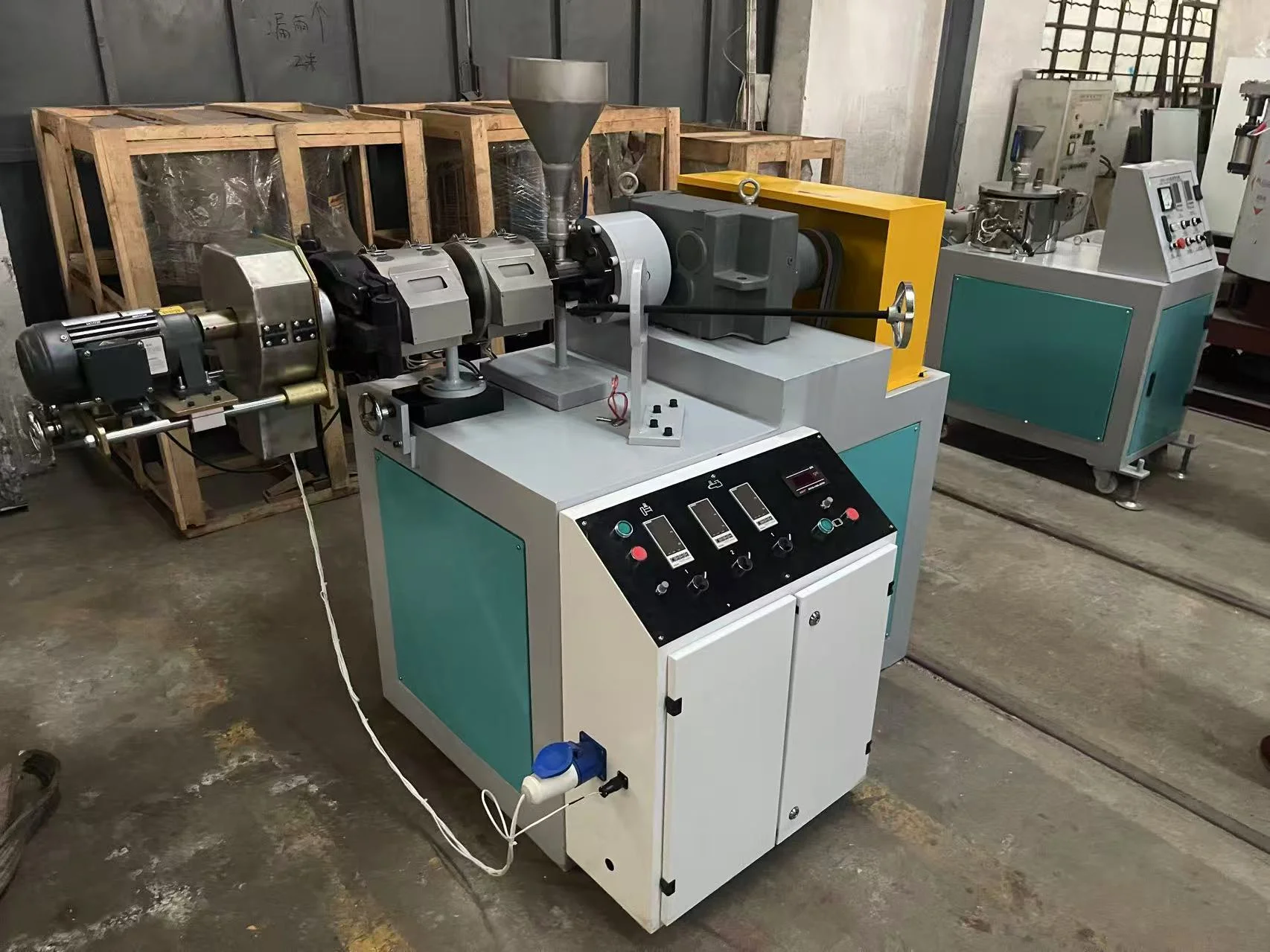In the world of woodworking and construction, electric saws play a crucial role in achieving precision and efficiency. With numerous types of electric saws available in the market, it can be overwhelming to determine which one is the most common. In this blog post, we will delve into the realm of electric saws and unveil the most commonly used type, providing valuable insights and practical information for both professionals and DIY enthusiasts.
- Understanding Electric Saws:
Electric saws are power tools designed to cut through various materials, such as wood, metal, or plastic, using a rotating blade. They offer convenience, speed, and accuracy, making them indispensable in many industries. While there are several types of electric saws, one stands out as the most common due to its versatility and widespread use. - The Versatile Champion: Circular Saw:
The most common electric saw found in workshops, construction sites, and even households is the circular saw. This powerful tool features a round blade with sharp teeth, capable of making straight cuts through different materials. Its versatility lies in its ability to adjust the cutting depth and angle, making it suitable for a wide range of applications.
- Applications: Circular saws are commonly used for cutting plywood, lumber, and other sheet materials. They are also ideal for making crosscuts, rip cuts, bevel cuts, and even plunge cuts.
- Features: Modern circular saws come with various features, such as laser guides for precise cutting, dust collection systems for a cleaner workspace, and electric brakes for enhanced safety.
- Types of Circular Saws:
To cater to different needs, there are several types of circular saws available in the market. Understanding these variations will help you choose the most suitable one for your specific projects.
- Sidewinder Circular Saw: Also known as an in-line saw, this type features a motor mounted on the side of the blade. It is lightweight, compact, and ideal for general-purpose cutting tasks.
- Worm Drive Circular Saw: With the motor positioned behind the blade, worm drive saws offer more torque and power, making them suitable for heavy-duty applications and cutting thicker materials.
- Hypoid Circular Saw: Similar to worm drive saws, hypoid saws have the motor positioned behind the blade. However, they use hypoid gears instead of worm gears, resulting in smoother operation and less maintenance.
- Cordless Circular Saw: Advancements in battery technology have led to the emergence of cordless circular saws, offering portability and convenience without compromising power. They are ideal for jobsites where access to electricity is limited.
- Tips for Using a Circular Saw Safely:
While circular saws are incredibly useful, safety should always be a top priority. Here are some essential tips to ensure safe usage:
- Wear appropriate safety gear, including goggles, ear protection, and gloves.
- Familiarize yourself with the saw's user manual and follow all safety instructions.
- Ensure the blade is sharp and properly tightened before each use.
- Use clamps or guides to secure the material being cut and prevent kickback.
- Always disconnect the saw from the power source when changing blades or making adjustments.
Conclusion:
In the realm of electric saws, the circular saw reigns supreme as the most common and versatile tool. Its ability to handle a wide range of cutting tasks, combined with various types and features, makes it a go-to choice for professionals and DIY enthusiasts alike. By understanding the different types and practicing safety precautions, you can harness the full potential of this indispensable tool and achieve exceptional results in your woodworking and construction projects.



More Stories
Maximizing Efficiency and Precision with Horizontal Machining Centers
Mini Single Screw Extruder: Precision Engineering and High-Performance Application Guide
How a laser wire marking machine Enhances Identification Accuracy in Modern Cable Manufacturing